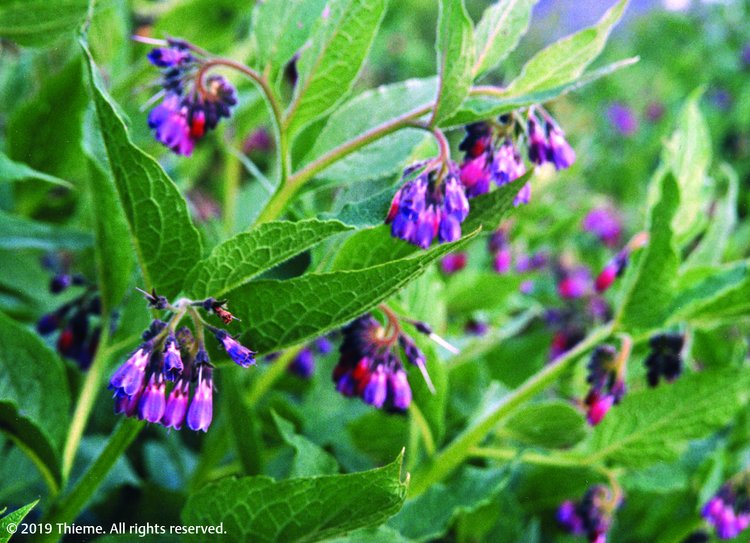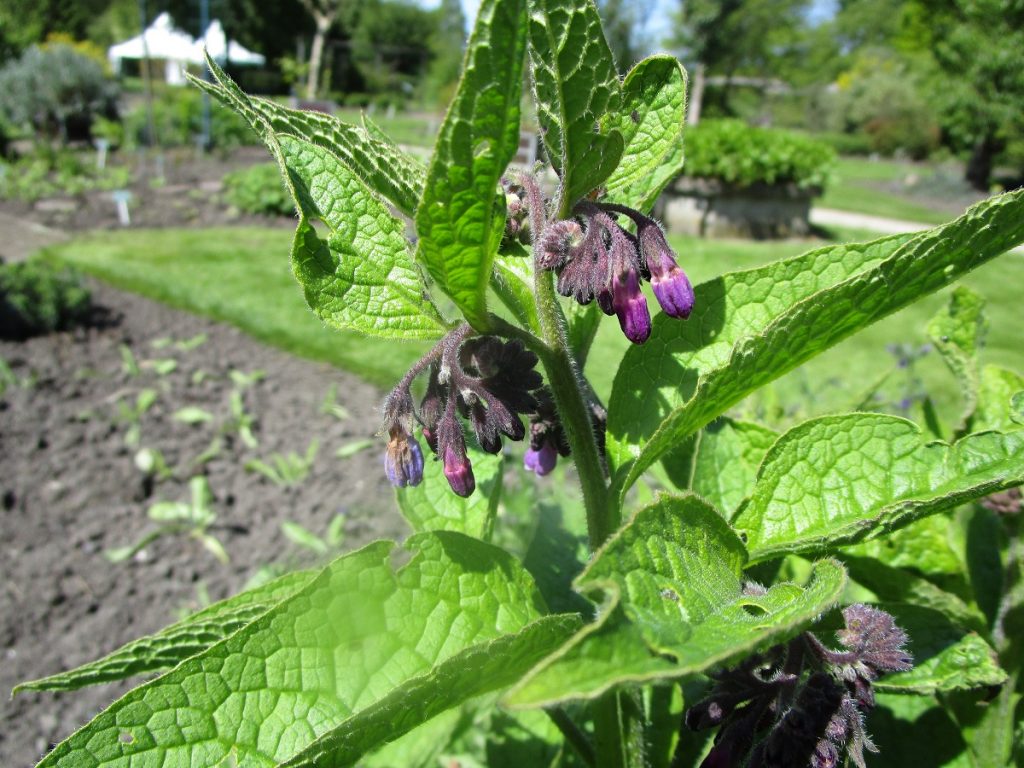


but this is a plant worth investigating, our soil in India is badly being depleted by indiscriminate farming and uncontrolled chemical fertilizer and insecticide use and hormone injections into vegetables!!!!! 1 Symphytum officinale uliginosum (Kern. officinale often called herb comfrey, is the most commonly used species 3,4. only problem is some varieties may become widespread weeds. Symphytum species, also known as comfrey, belong to the Boraginaceae family and include around 35 species, including Symphytum officinale L., Symphytum tuberosum L., Symphytum x uplandicum Nyman, Symphytum asperum Lepech and Symphytum caucasicum Bieb 1,2. Symphytum officinale is a perennial flowering plant of the genus Symphytum in the family Boraginaceae. and high heat, i personally thin its use can be adapted in INDIA. Since this plant grows abundantly in wet low lying soils and riverbanks. Comfrey (Symphytum officinale) acts as an anti-inflammatory to promote healing of bruises, sprains, and open wounds when applied topically. Comfrey has a long history as a medicinal herb and has been grown in herbal gardens since the 12th century. In late spring to early summer, nodding, tubular bell-shaped, purple, pink or cream flowers appear in drooping clusters. Elle prsente de nombreuses varits et s' hybride facilement, cette dernire caractristique ayant t utilise en agronomie comme en horticulture. Symphytum officinale (Common Comfrey) is a coarse, spreading perennial forming a clump of long, elliptic, dark green leaves, 10 in. its leaves make a good manure-pile starter/base. La Consoude officinale ou Symphyte officinal ( Symphytum officinale) est l' espce caractristique du genre Symphytum. NOW HOW DOES IT HELP MOTHER EARTH? its a rich source of micronutrients esp potassium, iodine and silicon (in useful forms) and its leaf juice (fermented), is used as an organic fertilizer esp for potatoes, vegetables, does wonders in soils depleted of these nutrients, for flowering plants and fruiting trees.


 0 kommentar(er)
0 kommentar(er)
